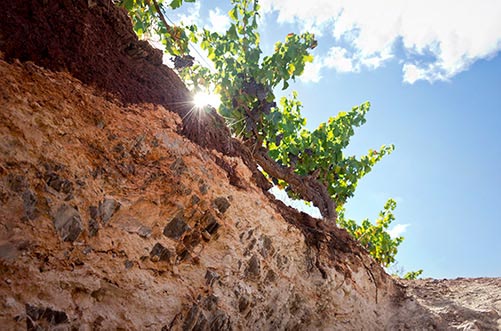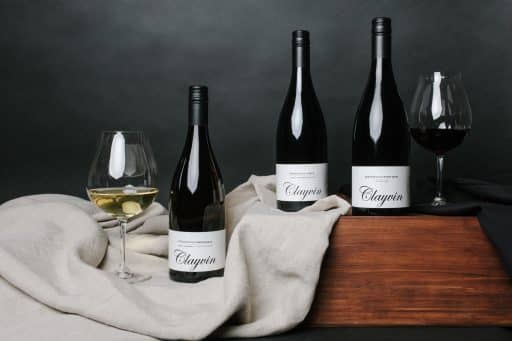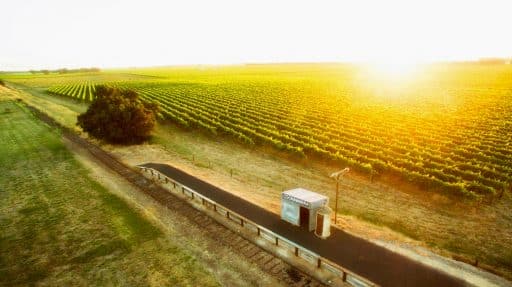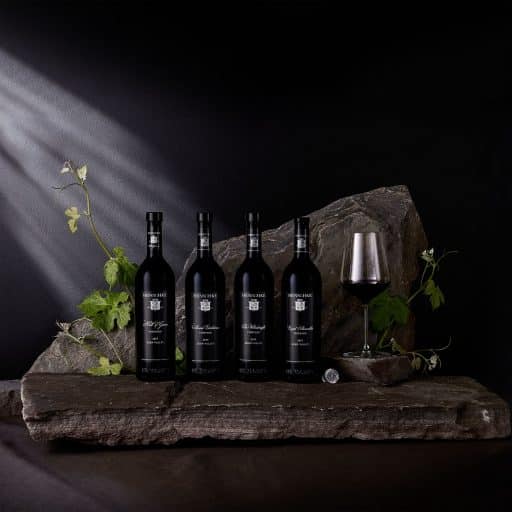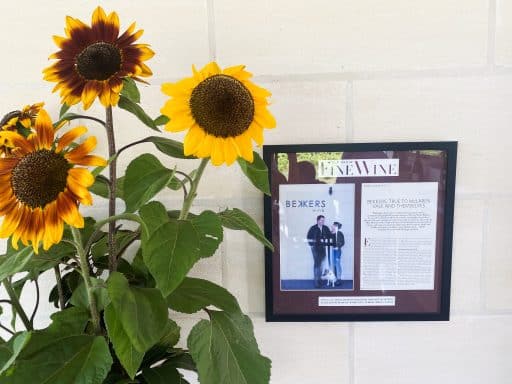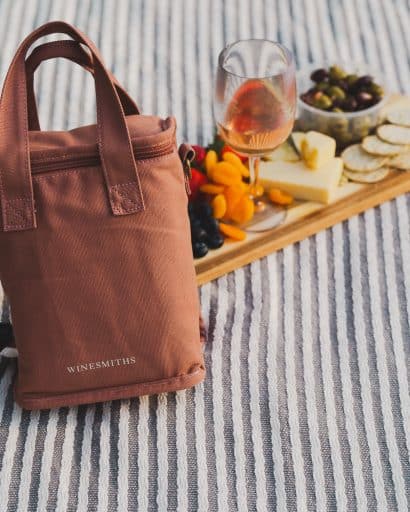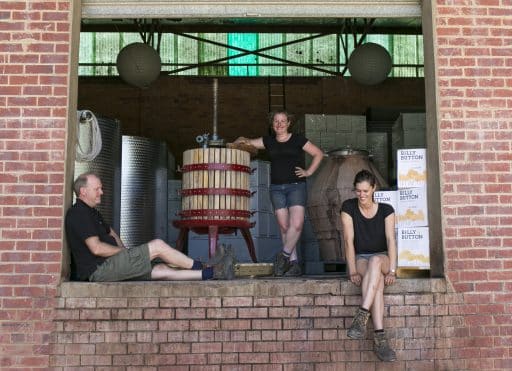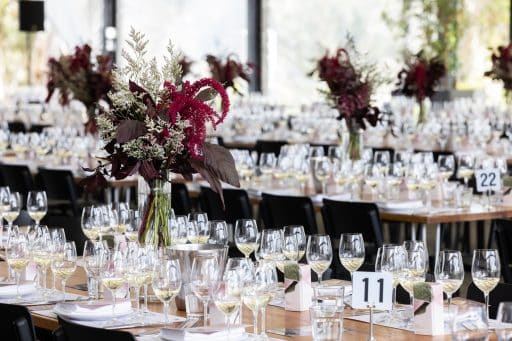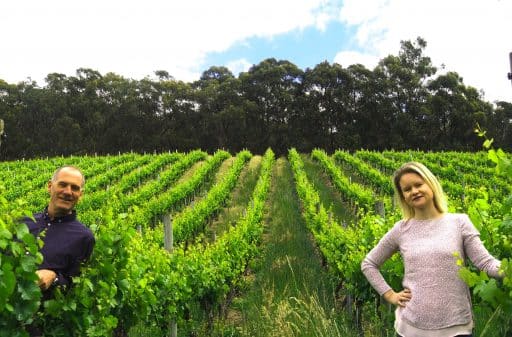How deeply do you go in a quest to discover the intricacies of the land you are farming and to make the best wines possible from where you come from?
In grape growing and winemaking circles, the concept of “terroir” is what makes a difference.
In the broadest of views, it can be between one region and another. More intricately, between one vineyard and another, even within the same region, where a minute change in topography, climatic factors, or soil makeup can dramatically affect the flavours and textures of a wine.
How deeply a grower or winemaker taps into these changes can lead to the most supreme wine aesthetics.
The finest wines of Burgundy or Barolo are considered globally to be among the greatest examples of terroir driven winemaking – an intimate knowledge of often tiny plots of vineyard learned after hundreds of years and multiple generations.
In Australia, where no single word has been able to replace the concept of terroir, the drive to differentiate regions into sub-districts and further into single sites, apart from a few dozen prized older vineyards, is a relatively new practice.
In the Barossa, for instance, while several original settler families and blocks are well recognised, an organised project to pinpoint the impact of sub-regional variations and unique soil differences on winemaking and finished wine characters and styles has only been in the making for a decade or so, to the benefit of all involved.
Now, in a tiny corner of the north-west Barossa, just outside Greenock and bordering the creek that takes that hamlet’s name, the first results in bottle have been revealed on one of the most detailed quests into terroir undertaken in Australia.
That project is a 60-hectare farm vineyard and winery known as Alkina, the work of Argentinian vintner Alejandro Bulgheroni and wine manager Amelia Nolan with guidance by renowned winemaker Alberto Antonini and terroir expert Pedro Parra.
Established in 2015 on a vineyard with 70-year-old vines matched by 170-year-old stone buildings in desperate need of rehab, Alkina was unveiled in the Spring of 2020. The property has been restored and enhanced to be an exquisite estate with a homestead and cottage for luxury accommodation, connecting gardens including an accessible kitchen plot for guests and in-house cooking, and a tasting room and courtyard offering a range of wine flights with accompanying delicacies.
All of this, of course, surrounds a suite of elite wines, accomplished after an extraordinary terroir project was undertaken by the Alkina team.
Starting in a small section of the vineyard with vines planted in the 1950s, Pedro Parra used a system of electro conductivity measurements to create a vineyard map revealing changes in the soils, clays and rocks under the surface.
A series of pits was then dug to more closely examine the underground variations that had occurred over more than 700 million years, due to tectonic plate movements and historic climate change.
Some of these pits were just 50 metres apart yet revealed dramatic differences in geological makeup. Suddenly the vineyard’s terroir had become a study of micro-terroir, with the main bedrock material of schist showing distinct changes in fractures, and with varying amounts of clays, ironstone and limestone.
The mapping became the groundwork for Alkina’s terroir based winemaking focus, with a concentration mostly on what was happening below the surface.
“We think that’s what makes the biggest difference to the texture and flavour characteristics of our wines,” Amelia Nolan says. “Other things play a role, but when you are dealing with one farm, how much does the aspect of one row to another make a difference?”.
“Not that much. The sun is there over it all. Most of the rows are running east-west. It’s not overly hilly. The real differences are in the small spatial changes of geology, and we can see the results in the wines with chalky tannins versus broader tannins versus rich, ripe fruit versus layers of smoked meat characters – the list goes on and on. We believe they are driven by soil and rock changes as opposed to anything else.”
After the mapping and the digging of Pedro’s soil pits, he created what are called nine micro-terroir “polygons” within the vineyard according to their soil and geology types. Some have just 200 vines within their small patch.
One extreme example is a 0.4 hectare section of shiraz divided into four mini polygons of 0.1 hectare each, all with a schist makeup but one which Pedro described as “not good”. Every year now at harvest, a tape is put around that exclusion zone and its 250 kg of fruit, about a third from the whole block, is pulled from that particular Polygon wine.
With this much detailing in the vineyard, aimed at creating wines of beauty and vibrancy, the winemaking also has a unique approach to fulfil that ambition. No commercial yeasts have ever been brought onto the property, with fermentations all starting spontaneously. Oak is barely involved, and, if so, it is via larger volume formats. Italian concrete tulips and amphorae are key, so too concrete egg-shaped vessels and Georgian qvevri.
Ultimately, there are many small parcels of wines from the vineyard polygon sections, enabling a range of separate expressions or the complex blending of the best.
“All the options allow us to make the very best we can through blending,” Amelia says. “That’s the exciting thing – it gives you the opportunity to take everything apart, so we can then put it back together.”
The Alkina focus is on the texture of their wines, grenache leading the way along with shiraz and mataro. Alberto Antonini also talks a lot about the energy and voltage in wine.
If the roots are working down deeply and pulling from the nutrients and minerals, he says, the fruit and the corresponding wine will have energy, and vibrancy. One of the first things he looks for in a wine is not the variety, nor the country or region it comes from, but whether it’s a schist wine, a granite wine, a limestone wine, or from clay, or if there is a lot of iron present.
Winemaking for the various Alkina wines is almost identical, from right next to each other in the vineyard, although they are directed into different vessels in the winery for fermentation and maturation, depending on their geological indications. Some reveal more or less crushed rock characters, others chalk and powdery notes, while some are clearly more about fruit and concentrated juiciness.
The primary Kin range introduces the Alkina wines without digging too deeply into micro-terroir detailing while still exploring new vineyard parcels to understand each and their various blends.
The Polygon wines are about fine pointing and exact expressions of specific geologies under the vineyard. “If you want to taste really, really focused terroir wines that are true expressions of one piece of dirt, these are the wines,” Amelia says. “If you are a real dirt nerd, a real Burgundy freak, and you want to just drink pure rock wines, then these are for you – and there are just 40 cases of each.”
There also is one wine here that tells the whole story of Alkina more than any other. The Old Quarter is not a single varietal style, but a single block wine, a blend of certified organic and biodynamic grenache (50%), shiraz (29%) and mataro (21%) from five separate polygon patches on three hectares of the older vineyard.
It’s a wine that defies separating it into its components as you taste it, and rather speaks of an accomplished completeness. Amelia Nolan is passionate about it, describing it as the total expression of the Alkina site, “This is our most important achievement”.
After just five years of digging out those first rocks and guiding the vines and wines to this point, she is very aware, however, that the Alkina story has just begun.
“You have to look at cultures around the world where winemaking has been going on for a very long time to see the evidence that humans have seen the differences in characters according to place and site,” she says. “It’s been going on for hundreds of years in certain places like Burgundy and Barolo, and if you look at that history you see the pattern very clearly.”
Burgundy, she says, is the ultimate example, dividing plots into grand cru and premier cru. Why? Because over the years the wines tasted different – and they always talk about the geology.
“It’s no new concept globally, but in Australia it is, and Alkina’s is quite a detailed study by Australian standards. What we are doing is validating what lots of farmers and vignerons around the world know. In our vineyard, the deep clay vines grow lots and lots of fruit, but the vines in the hard schist with limestone capping are smaller and don’t grow nearly as much fruit because they are struggling to get their roots down there. We can see it physically in the vines, and no one would debate that it’s soil-related.”
The Alkina crew could spend the next couple of hundred years trying to work out whether their farm has such differences, Amelia says, but they want to learn what they can in a more compact timeframe with the research and knowledge available. “We want to be able to handle these polygons and really understand them to get the very best out of them.”
Get our reviews for the Alkina wines here.
This 100% independent content was published with support from the winery.

